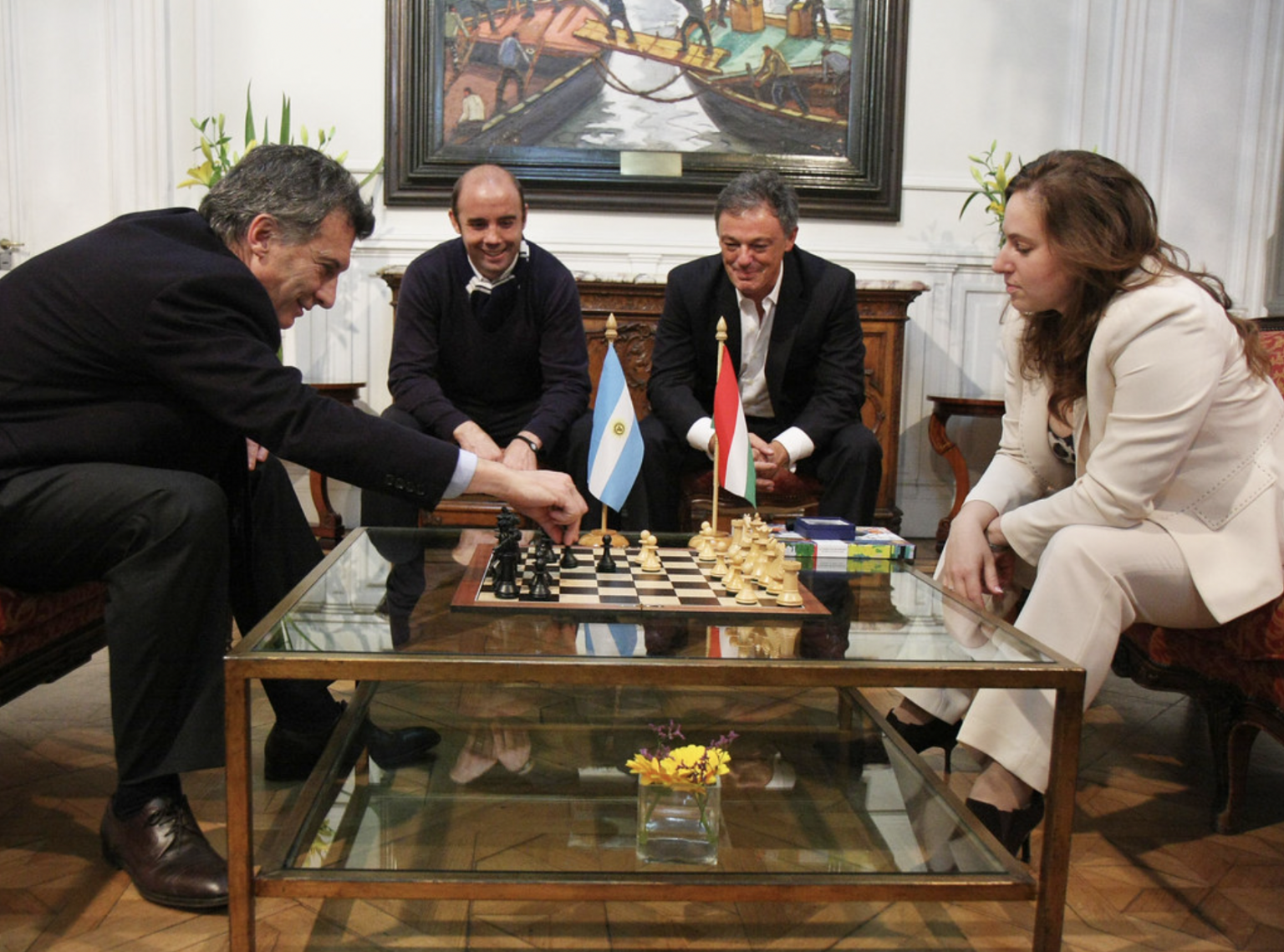The artist discusses her collaboration with NARS Cosmetics and the power of beauty and identity.

The notion of the original: in conversation with filmmaker Wim Wenders
Above: Wim Wenders by Donata Wenders
The notion of the original: in conversation with filmmaker Wim Wenders

Wim Wenders by Peter Lindbergh
Associate Curator Mika Bar-On Nesher interviewed legendary filmmaker Wim Wenders about his first drop on SuperRare, a digital artwork inspired by a film he executive produced titled “Little Hands.” The highest bidder of the auction will also get a once-in-a-lifetime chance to converse with the legendary filmmaker in an exclusive Q&A session. A share of the auction proceeds will go directly to the director Rémi Allier and the production companies of “Little Hands.”
Wim Wenders (born 1945) came to international prominence as one of the pioneers of the New German Cinema during the 1970’s and is considered to be one of the most important figures in contemporary German film. In addition to his many prize-winning feature films (the Golden Palm for PARIS, TEXAS (1984); the Director’s Prize at Cannes for WINGS OF DESIRE (1987) to only name a few), his work as a script- writer, director, producer, photographer and author also encompasses an abundance of innovative documentary films (BUENA VISTA SOCIAL CLUB (1999), PINA (2011), and THE SALT OF THE EARTH (2014) which have all been nominated for an Oscar), international photo exhibitions and numerous monographs, film books and prose collections. He lives and works in Berlin, together with his wife Donata Wenders.
MBN: As one of the most influential and renowned filmmakers in the world, perhaps some people don’t know you are also a prolific artist, writer, and photographer. Please tell us what sparked your interest in digital art? How did the art book you published in 1993, “Electronic Paintings” come to life?
WW: I spent several weeks in the winter of 1991/92 in the only place in the world where you could already edit and work on digital High-definition video. It was an editing suite run by NHK in Tokyo, equipped by SONY with strictly prototypes of editing machines to transfer film to digital high-def (as it was called at the time) and to manipulate and work on those digital images. This was for a sci-fi film that dealt with the near future and especially the future of our visual culture. For the film, we invented the (then still almost unknown) internet, search engines, navigation systems, “videophones,” Zoom calls, etc. In the film, digital technology can make blind people see and you can actually record your dreams. Part of this is our everyday life now, part is still science fiction, or about to happen. That film was called “Until the End of the World” and it contained dream sequences that were crucial to the story, as the dreamers could tape them and look at their own dreams afterwards. Those dream sequences were produced in that adventurously new digital editing suite. Digital effects were still not used in movies at the time, and even a year earlier I could not possibly have produced them digitally. In the process of entering a never-before-seen “dreamworld,” we tried everything to destroy the clean digital image and rock it down. We were the first, for instance, to see the effect of pixelation when you speed up a digital shot. Nobody had seen anything like it before, when any given image completely dissolved into its “atoms,” so to speak. I loved that effect, and we succeeded to record that digital language and slow the effect down again. It produced the most interesting “deconstructed” images and I saved some of the more or less random in-between effects that I felt were very new pictorial apparitions or “inventions by the technology,” with unique colors and disfigurations. Well, and eventually, we turned some of those “found images” into an exhibition and into the book “Electronic Paintings.”
MBN: What drew you to the NFT space? What do you think digital art captures that traditional art forms might not be able to grasp about our modern day experiences?
WW: You partially answered your own question. Some of our contemporary human experiences cannot really be represented adequately in watercolors, oil paintings, or whatever traditionally known shape and form, not even on film. Digital technology and processes have reshaped our lives and our behavior more drastically than any earlier shifts or jumps in technology. In the history of mankind, only mastering fire might have come close, or the invention of the wheel. But that digital technology also blew away one of our most essential ideas about art which was the notion of the “original,” or the uniqueness of an art piece. NFTs have made a valiant effort to reintroduce that precious idea into the digital realm.
MBN: Your first drop on SuperRare is based on a still image from the short film, “Little Hands,” of which you are also the executive producer. What drew you to the film, and what drove you to create a digital artwork inspired by its imagery?
WW: I loved that short film. I see it as a big achievement, and quite a unique film on reception, on the eyes of our youngest human beings. ‘”Little Hands” is a short film with a long-lasting effect. It makes you think twice, at least, about what you know about violence and how we look at it. Which makes it a very BIG small film in my book. I felt we had been like children ourselves at the time when we discovered the inner workings and the aesthetics of the digital language. We tried to recreate that experience in our NFT.

Wim Wenders by Donata Wenders
.MBN: Do you remember how the idea for “Until the End of the World” came about? What limitations or breakthroughs did you discover in capturing digital experiences through filmmaking? Are digital experiences different from the emotional structures of our physical experiences?
WW: The very initial idea for “Until the End of the World” came from my first encounter with the amazing aboriginal people of Australia and their concept of the “dream time.” And of course, given that we shot the film in 1990, it was all strictly analogue. “Digital cinema” was a distant fantasy on the horizon, and when it was finally there, about ten years later, there were huge discussions about everything we “lost” by giving up our good old analogue cinema with its celluloid routine, its language, its rules and habits. But in the long run, digital was the inevitable future, of course. And as I am not much of a nostalgic, I embraced the new era and was eager to find out what we could do with our new means that we couldn’t do before. And there was plenty, 3D for instance. By now, I have made 10 long and short films in that language which I consider highly emotional and immersive. Is the digital experience different from the emotional structures of our physical experiences? I would say so. For people who grew up in an analogue world of books, newspapers, photochemical photography and film, music in analogue media etc., the digital realm is certainly “colder.” But for a new generation who grew up inside the digital world, the very question seems absurd. For them, digital means have become their reality and their interaction with the world, and their physical experiences have adapted to them. I am convinced that the entire notion of “reality” is in the process of changing, and that we witness a massive loss of reality and access to first-hand experiences. What’s happening right now to the notion and understanding of “truth” worldwide, is a symptom of that huge switch to a completely different relation to the world, in which more and more people take their digital universes for much more real than what we used to call “reality” until now. I guess this is the biggest cultural change in mankind’s history, this estrangement from “truth” AND a first-hand “reality.”
MBN: What advice would you give young filmmakers, or any young artists that are juggling different mediums and forms of expression?
WW: Do not let the medium be your only message. Keep your keen interest in the human mind and in social, historical and ethical questions. Let your work still interact with the world and your fellow human beings.
MBN: How do you think technology is altering the way we capture and communicate human experiences through art? How does technology alter our points of view?
WW: Digital technology is greedy. It wants all our attention. It creates dependencies and a tendency to not rely on our own senses and memories, but on the “advanced” capacities that digital technology gives us constant access to. A while ago, I spent a week in Venice on a work I was doing there. More than half of the people who were shoving through the narrow streets, weren’t even there. They didn’t even look up from their digital devices any more, oblivious to the place’s unique and amazing beauty. They only looked up to take pictures of everything and otherwise stumbled along with their eyes glued on their smartphones. Tourism always had that tendency to neglect the reality of a foreign place, but digital tourism is hell on earth.
MBN: Which movies and books you absorbed early in life shaped your artistic identity? Is there one cinematic image you will never forget seeing for the first time?
WW: When I was six or seven, my father one day brought up a wooden box from the basement that had survived the war. In it was an old hand-cranked projector and a cigar box of about 20 little film reels from the late twenties which my father had already shown me as a boy. These little films were all not longer than a minute or so, scenes from early slapstick films, Harald Loyd or Laurel and Hardy or Chaplin. Also early animation films. That old thing was still working. All I needed was a white bedsheet and I could create “a cinema.” This was in the early Fifties, and most of us kids had never seen a movie yet, let alone television. I could endlessly crank my little film history, backwards and forwards, fast or slow, and I became “the projectionist” at any birthday party of my friends. We had endless fun. Each shot of those tiny “movies” is ingrained in my mind.

Wim Wenders by Donata Wenders
“MBN: What makes a good story? Do you believe in rules? How much of artmaking is based in structure vs. deep diving subconsciousness?
WW: As for rules in filmmaking, I won’t bore you with a lengthy text, but refer you to a hopefully entertaining video on Youtube. As for structure, ask somebody else. Most directors and producers know more about that than me. And as for deep diving subconsciousness, look at my film “Submergence.” “Trust your gut feeling” is my core advice.
MBN: Since your movies have the most iconic soundtracks, is there a song that’s taken you over recently?
WW: I know some of Billie Eilish’s songs pretty well, and must say that Descartes has nothing on her song “Therefore I am”… She’s on heavy rotation on my own musical input. I’m old-fashioned when it comes to music. I do not want any algorithms to know me and tell me, “what I like.” I have too large of a music library myself to let a computer take that joy away from me to discover on my own what I want to hear and keep buying. And yes, I still like the physical objects, whether vinyl or CD, and I read the liner notes and the lyrics, and I want to know who’s playing.
MBN: In your book of essays “The Pixels of Paul Cezanne: And Reflections on Other Artists,” you write: “Everyone can do that a hundred years after Cézanne: pick apart what you see until it’s down to its atoms, so to speak (or pixels, if you like), and then put it together again. Digital photography is able to do that (or rather, allows us to be able to do that) intentionally or unintentionally, consciously or unconsciously. We’ve got so used to this action it’s become a matter of course.” This text was composed in 2014, what are your thoughts on our digital assimilations in 2022? How does the NFT medium, and its blockchain form, relate to this phenomenon for you?
WW: It is a logical extension of all we have witnessed so far from the digital revolution. It serves our longing and desire for a unique “thing” in the digital realm. It creates again a more personal relation to a visual or audio experience that had become pretty much random or arbitrary before. Most digital artifacts weren’t even “objects” anymore, they had become exchangeable and replaceable. An NFT fulfills a deep and almost anachronistic need to own more than the mere “appearance.”
Tech






Code as canvas: how Olta and Transient Labs are ushering in a new genre of coding as art
Harmon Leon interviews the minds behind Olta and Transient Labs to discuss code, metadata, and the future of interactive NFTs.
Curators' Choice






Curated Conversations: Ayla El Moussa
SuperRare Labs Curatorial Editor Linda Dounia Rebeiz interviews Ayla El Moussa about how she draws inspiration from the Renaissance period, how she approaches nude portraiture, and her “Painted Muse” Series on SuperRare.
























